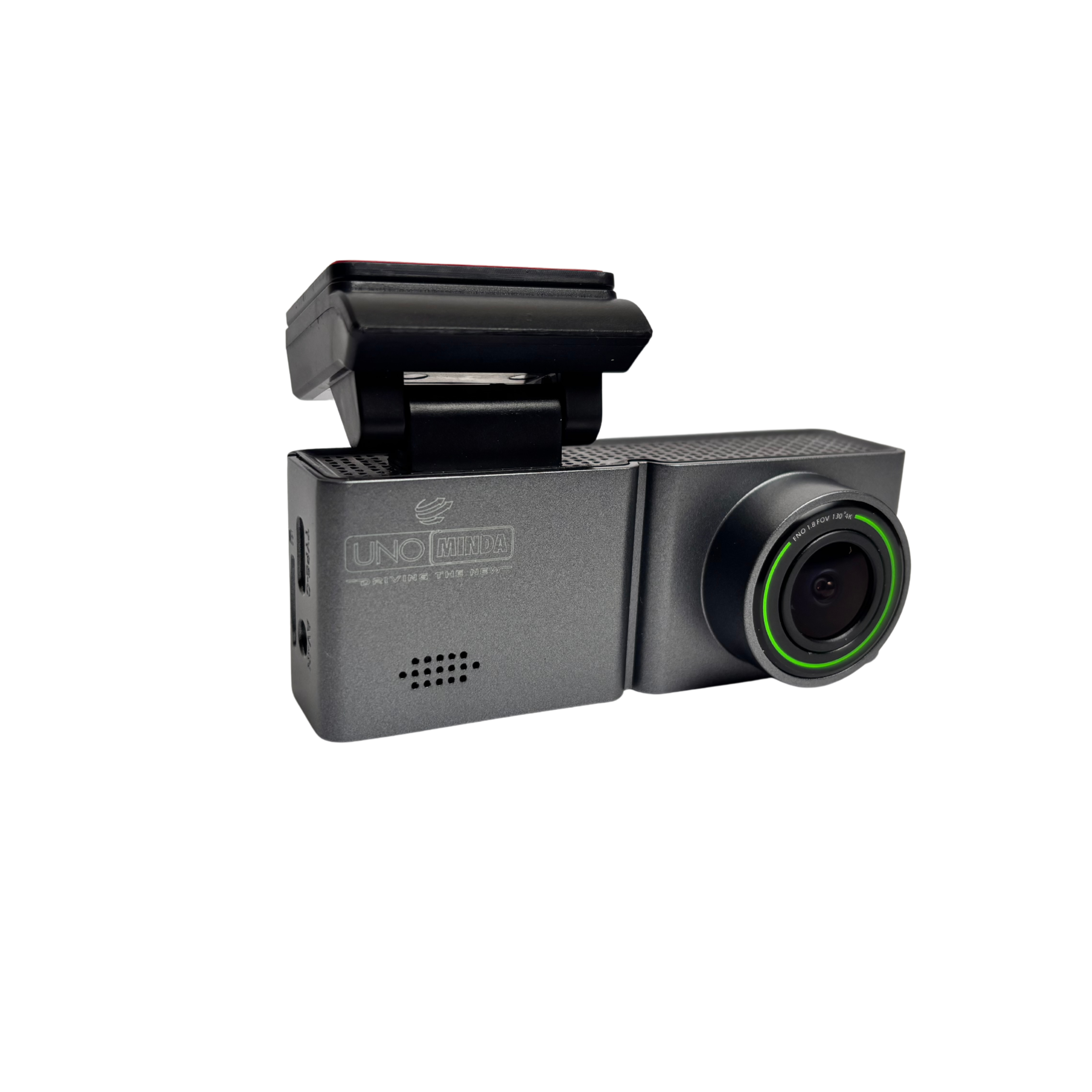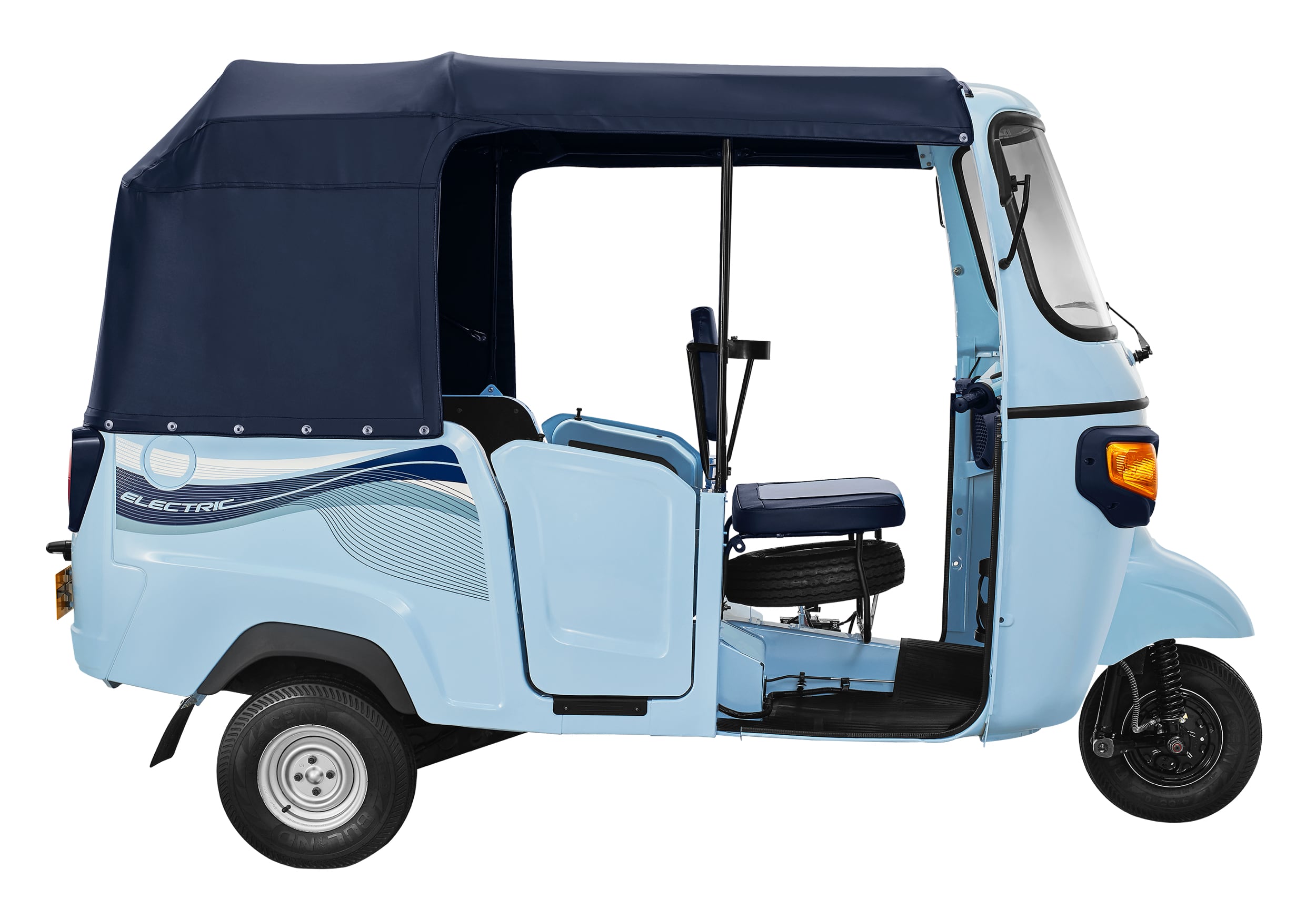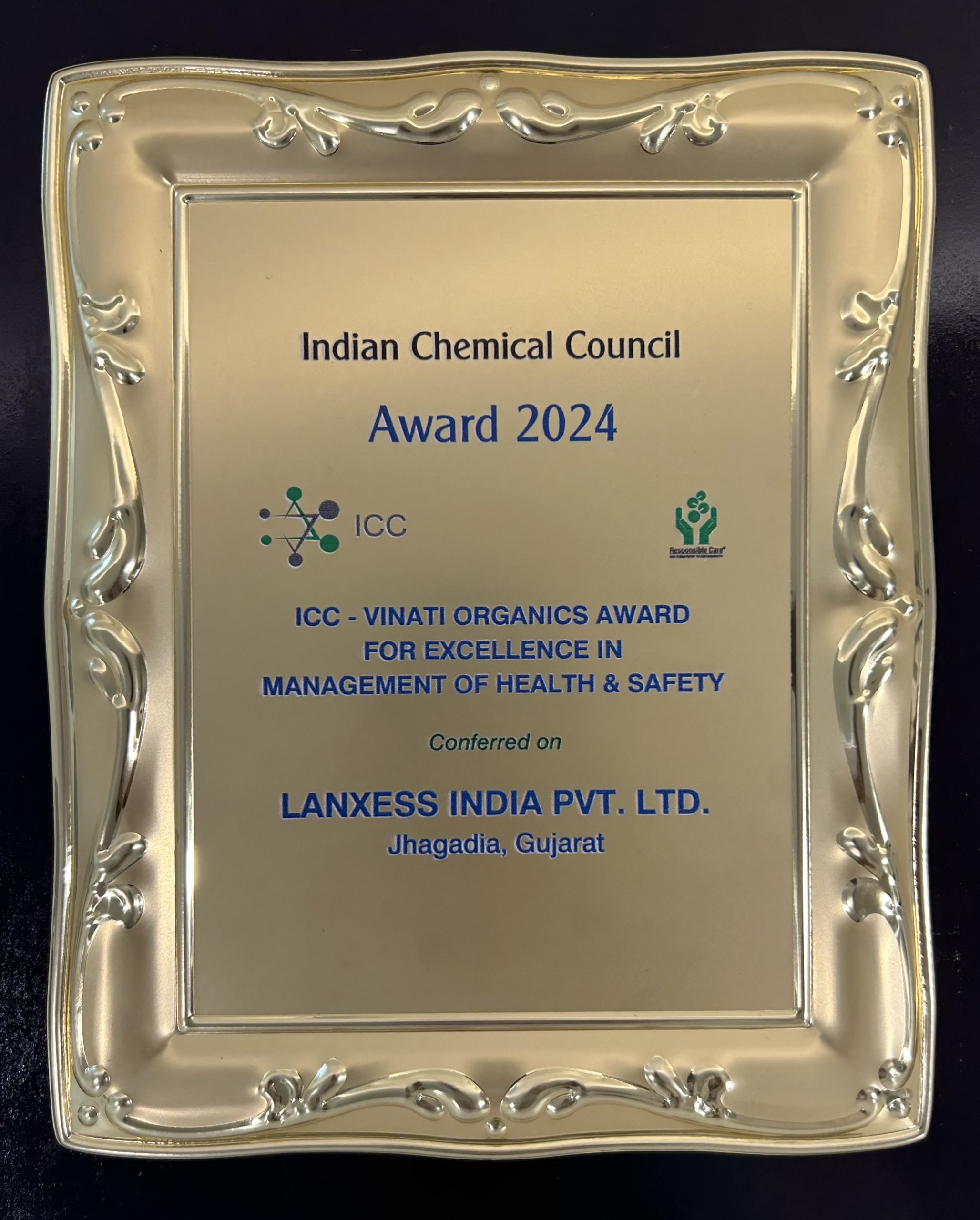Dual clutch transmissions are proving so popular because they offer drivers benefits in terms of fuel efficiency, smooth gearshifts and vehicle performance. Growing numbers of drivers are delighted at the resultant blend of sporty driving pleasure and fully automated gearshifts, accompanied by a drop in fuel consumption compared to manual gearboxes of as much as five percent. Not for nothing is the Dual clutch transmissions considered one of the most significant innovations in the transmission sector. As a leading international automotive supplier, Continental has been developing and supplying control units for (step-) automatic and dual clutch transmissions for many years now and ranks among the pioneers of this technology.
 The control unit for the new generation of the Audi 7 speed S tronic dual clutch transmission brings up a further milestone. “The challenges we faced in this new control unit included packing far more functionalities into less space while at the same time ensuring that the control unit supports the outstanding fuel efficiency of this transmission, the dynamic performance it enables, and its fast shifting. Another key requirement is the functional safety of the transmission control unit, which in this particular case is implemented to ASIL-D specifications for the first time worldwide,” says Rudolf Stark, Head of the Transmission Business Unit within Continental’s Powertrain Division. “To make that possible, we have employed a new architecture and new technologies. We are proud of the fact that Audi has entrusted us with this responsible task and involved us closely in the development phase.” Series production will begin in the next few months.
The control unit for the new generation of the Audi 7 speed S tronic dual clutch transmission brings up a further milestone. “The challenges we faced in this new control unit included packing far more functionalities into less space while at the same time ensuring that the control unit supports the outstanding fuel efficiency of this transmission, the dynamic performance it enables, and its fast shifting. Another key requirement is the functional safety of the transmission control unit, which in this particular case is implemented to ASIL-D specifications for the first time worldwide,” says Rudolf Stark, Head of the Transmission Business Unit within Continental’s Powertrain Division. “To make that possible, we have employed a new architecture and new technologies. We are proud of the fact that Audi has entrusted us with this responsible task and involved us closely in the development phase.” Series production will begin in the next few months.
More functionalities in less space
The primary purpose of the control unit is, of course, to ensure the provision of all transmission functionalities. This also involves processing a host of data served up by sensors and addressing numerous actuators.
This in turn calls for extremely close coordination of the design and functionalities of the control unit with the mechatronics of the transmission itself. All of this has to be housed within a very restricted installation envelope. The new 7-speed S tronic forms part of the modular transverse matrix (MLB) and is therefore extremely compact. So there is not much room for the control unit. To further complicate matters, the new transmission control unit also handles the control of an electric transmission oil pump. Its brushless motor provides the power to supply just the right amount of oil to the dual clutch and the gear actuators. This power-on-demand concept cuts the energy requirements of the transmission. The control unit must be equipped with power components to activate the pump.
“Owing to the lack of space within the MLB specifications we located signal-processing and power components on the same circuit board,” explains Armin Gottschaller, Head of Development at the Transmission Business Unit. “This meant bonding the components to a high-temperature-resistant substrate.” This Bare-Die High-Density Interconnect (BD-HDI) substrate has been specially developed by the Transmission Business Unit. “Today BD-HDI substrates are increasingly being used instead of ceramics because this way we can realize a larger number of functionalities in demanding temperature conditions,” says Gottschaller. The new 7-speed S tronic control unit, for example, operates in transmission oil that can reach temperatures of 148°C.
Milestone: ISO 26262 ASIL-D implemented in a Transmission Control Unit
Another milestone achievement here is reflected in the safety philosophy behind the control unit. For the safety-critical functionalities, the hard- and software architecture selected complies with Automotive Safety Integrity Level D (ASIL-D) in line with the ISO 26262 standard, currently the most stringent level of safety measures required in automotive electrical/electronic systems.












Leave a Reply